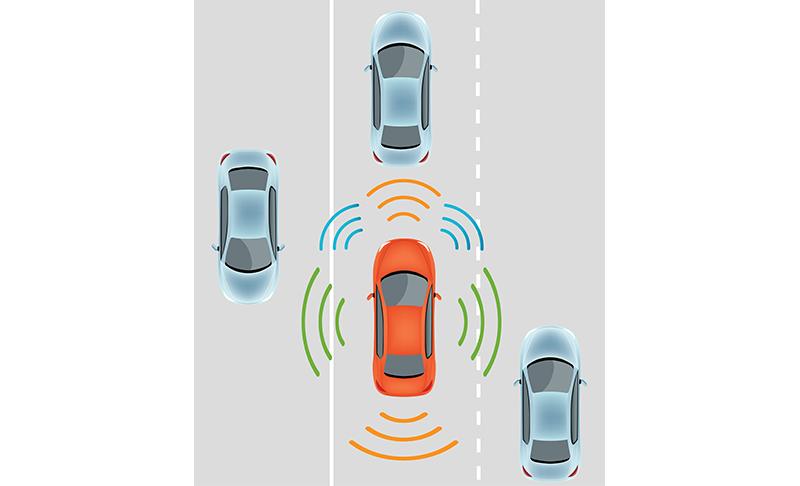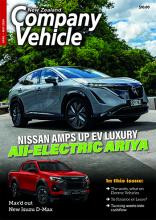The fatal crash involving a Tesla S using its Autopilot automatic driving feature doesn’t spell the end for driverless cars – rather it accentuates that the technology is still under development, and users have to be aware of the deficiencies in what is described as a “beta” programme.
There have been many questions asked about the technology, but one which I haven’t seen highlighted is “what was a truck and trailer doing turning in front of an on-coming vehicle?”
I don’t know how close the truck was to the car when the driver started the turn, but he should have ensured there was enough space for him to complete the turn without the car having to apply brakes.
The crash has also pointed out a short-coming in Tesla’s equipment, one which I am sure will be addressed. The Tesla system relies solely on cameras to access road conditions and to inform the software of the need to apply brakes in that sort of situation.
The fact that Tesla says the software couldn’t differentiate the white truck against a white sky indicates that perhaps a “belt and braces” approach should be applied, using a radar system – which doesn’t need any sort of light to operate, and therefore would have spotted the truck no matter what the colour – in conjunction with the cameras.
Ironically, I tested Subaru’s Eyesight autonomous emergency braking (AEB) system only a week ago, as I write, in conditions which were, at best, horrible, and verging on deplorable, with thick mist at times enveloping the Highlands Park race track where we were testing.
The camera-based Eyesight system sometimes worked, sometimes didn’t, in those conditions, but when it wasn’t working the driver was made aware by the vehicle, and knew not to rely on AEB at that time. But when it did work it was magnificent, bringing the car to a complete stop in front of an obstacle from 50km/h without my having to do anything!
More and more cars are being equipped with driver aids that help to cut down on crashes, and a 2015 study by Euro NCAP and ANCAP concluded that low speed AEB, which is the one fitted to most vehicles which have an AEB setup, leads to a 35 percent reduction in real-world rear-end crashes. And while these may not be life-threatening accidents, they certainly are costly, and can involve long drawn-out pain and suffering from whiplash injuries.
There are, however, not enough statistics to show the effect of high-speed AEB, which is currently only fitted to a few production cars; however, the history of safety technology would indicate that before long this level of safety tech will be fitted to most, if not all, cars, and we can expect a dramatic reduction in life-threatening crashes.
What all of this DOES indicate is that, particularly in view of the new Health & Safety at Work Act, fleet managers should closely examine the specification of all vehicles to ensure as many safety aids as possible are fitted within their cost parameters.
It’s not enough just to have ABS and a few airbags. At first glance at the legislation, it seems it’s the manager’s job to ensure that the workplace – in this case the motor vehicle – is as safe as possible. And I would expect that ESP and at least low-speed AEB would seem to be pre-requisite.






